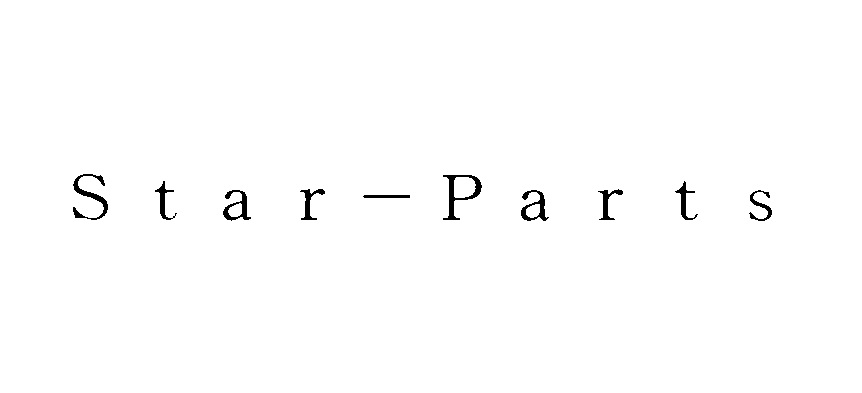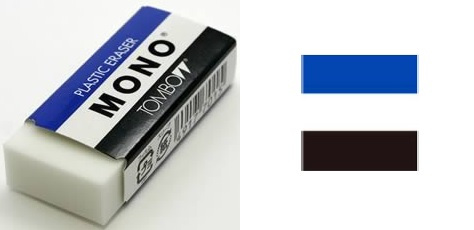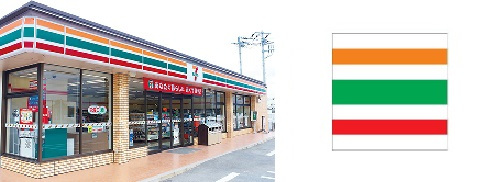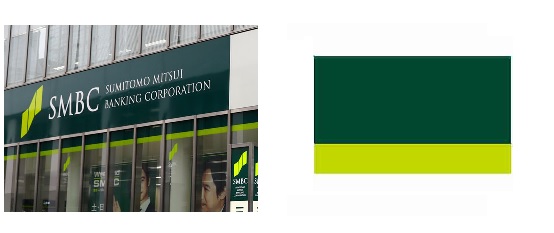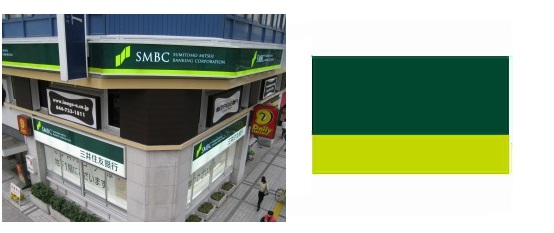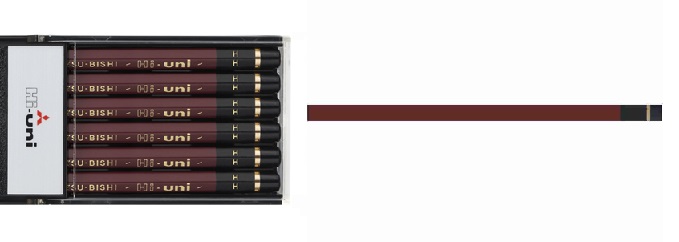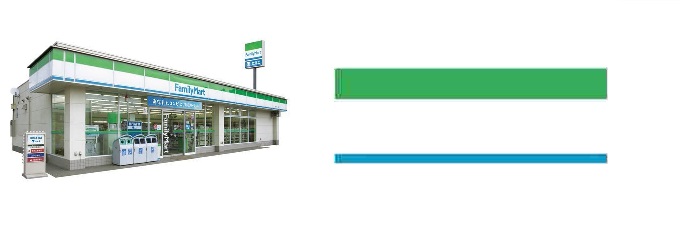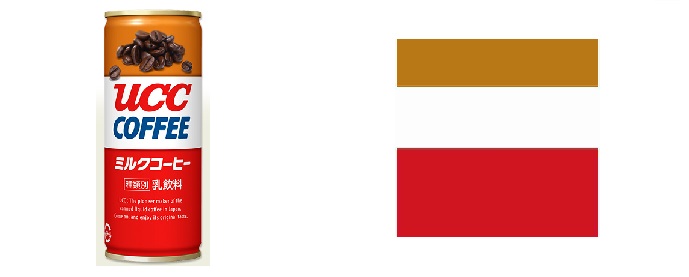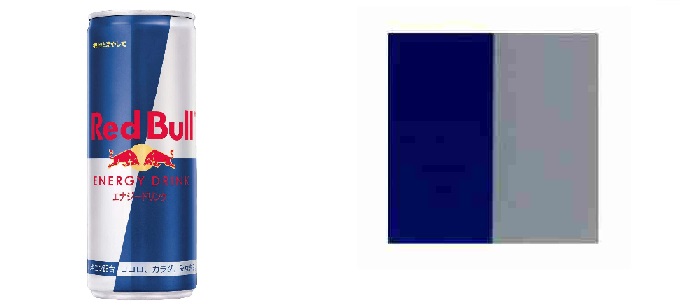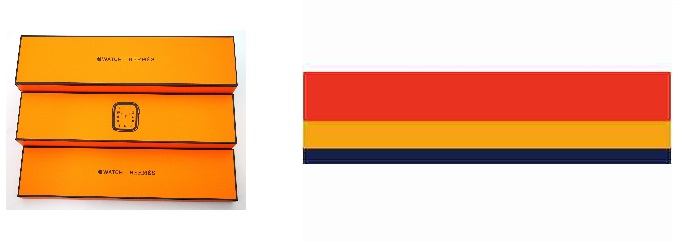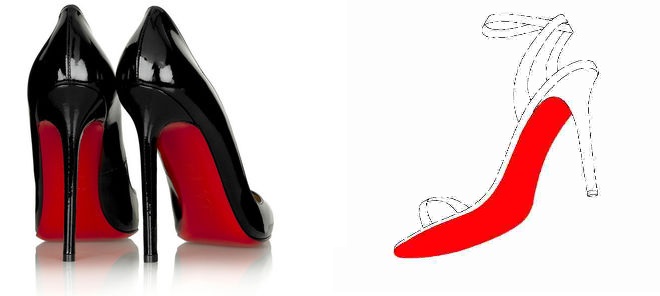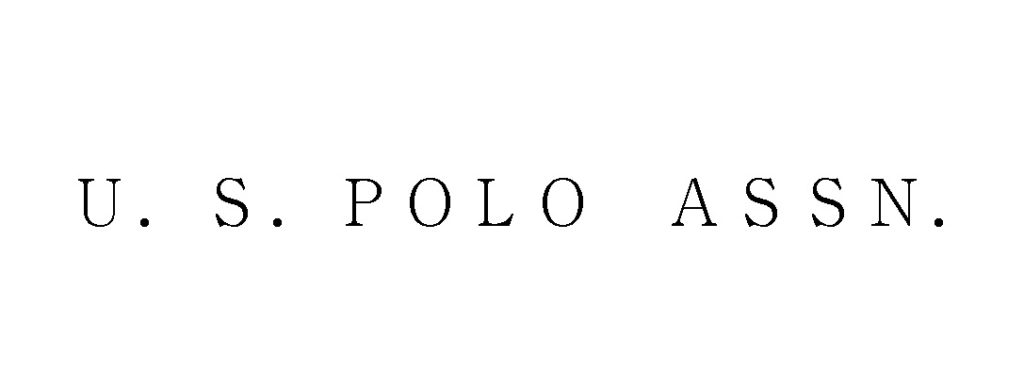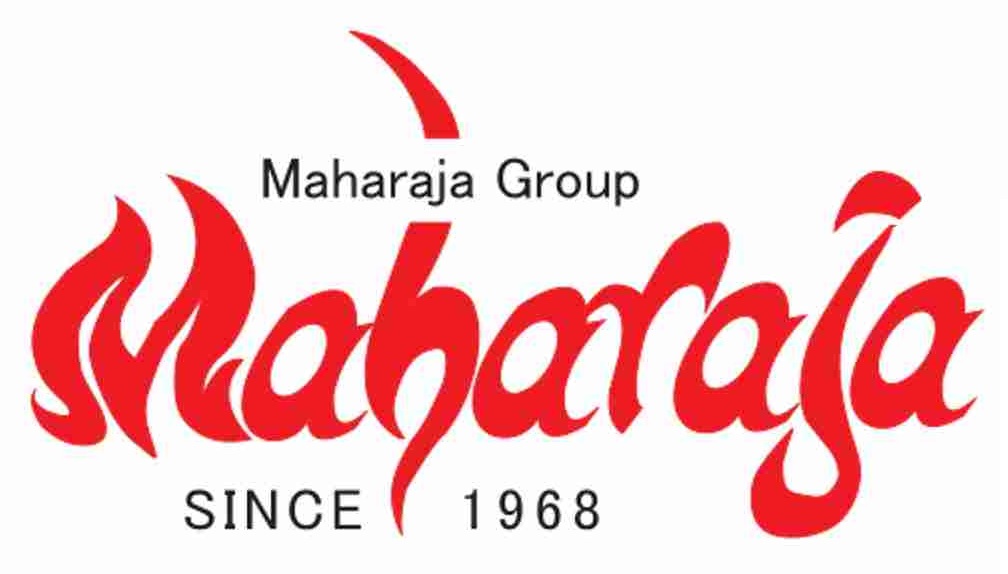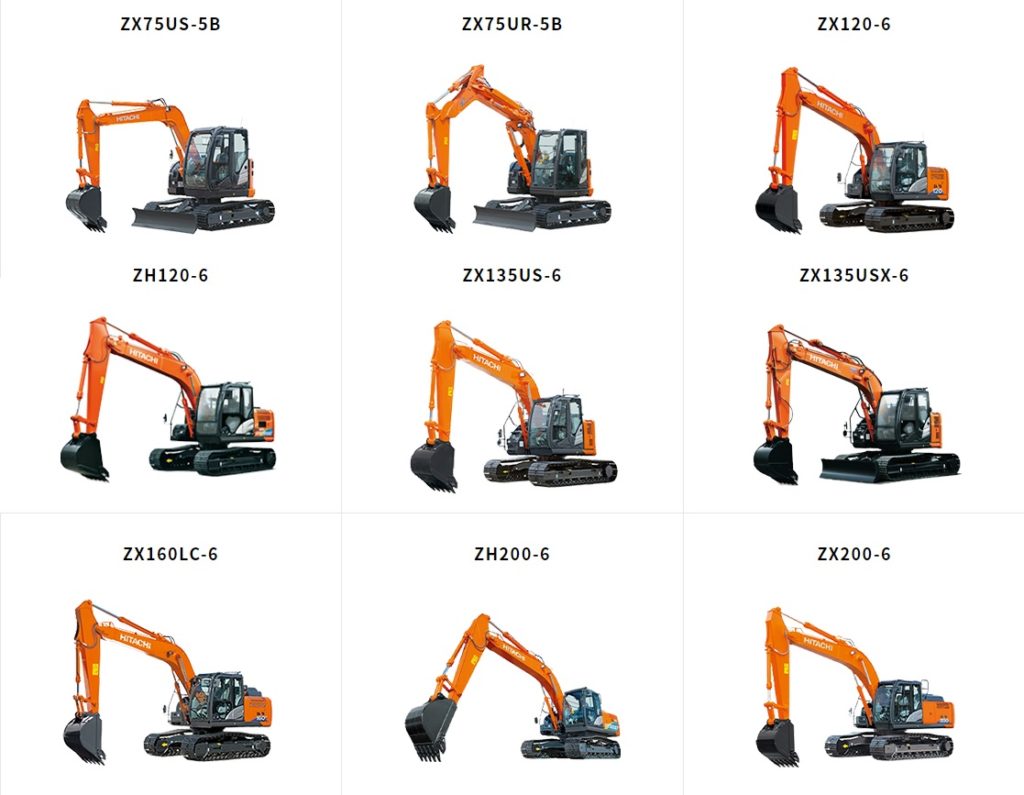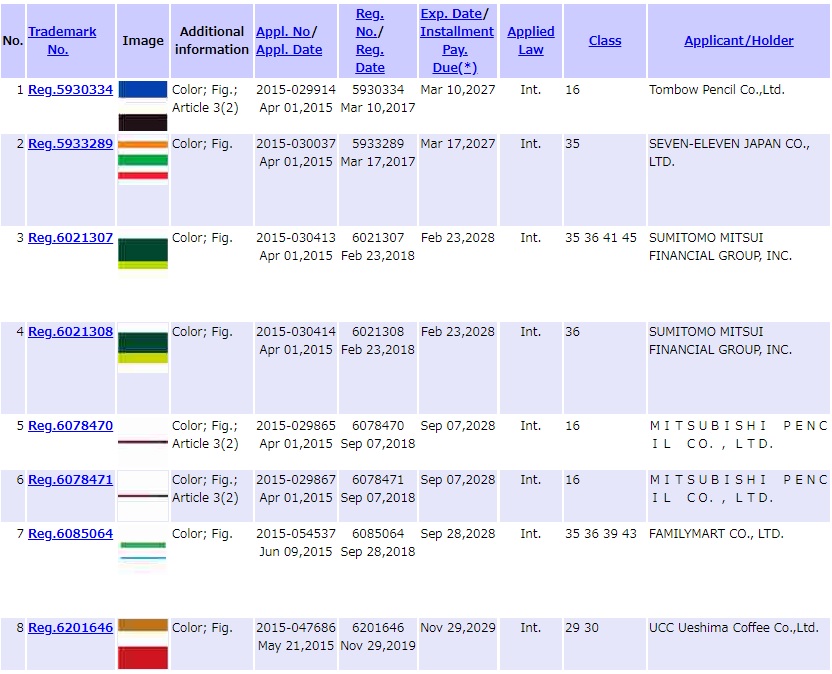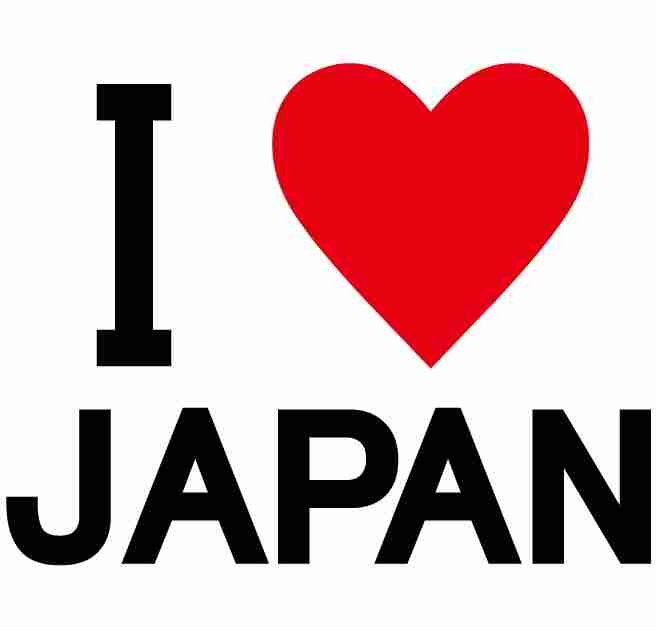The Japan Patent Office (JPO) affirmed the examiner’s refusal and decided to reject a wordmark “FS12” due to a lack of inherent distinctiveness.
[Appeal case no. 2019-650019, Gazette issued date: January 29, 2021]
“FS12”
Fette Compacting GmbH filed a trademark application with the JPO via the Madrid Protocol (IR no. 1349196) for word mark “FS12” (see below) for use on goods of ‘Compression tools (parts of machines for the pharmaceutical industry, chemical industry, food industry, and metal industry) for producing pellets and tablets; die-table segments (parts of machines for the pharmaceutical industry, chemical industry, food industry, and metal industry) for rotary presses’ in class 7
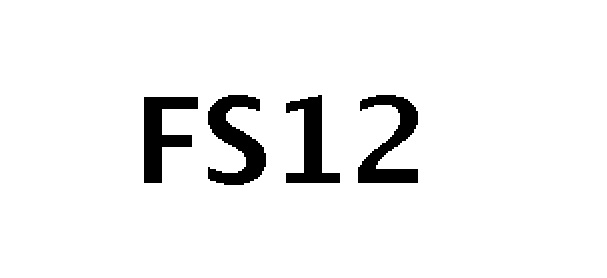
Article 3(1)(v) of the Trademark Law
The JPO examiner refused the “FS12” mark in contravention of Article 3(1)(v) of the Trademark Law.
The article prohibits any mark from registering if it consists solely of a very simple and common mark.
Trademark Examination Guidelines (TEG) stipulates that a mark consisting of one or two alphabetical letters followed by a numeral, e.g. “A2”, “AB2”, is unregistrable under the article.
Followings are also enumerated as unregistrable marks under the article.
- Numerals
- One or two alphabetical letters, e.g. “AA”
- Two alphabetical letters combined with “-” or “&”, e.g. “A-B”, “C&D”
- One or two alphabetical letters accompanied by “Co.”, e.g. “AB Co.”
- A numeral followed by one or two alphabetical letters, e.g. “2A”
The applicant filed an appeal against the refusal and argued distinctiveness of the “FS12” mark.
Appeal Board decision
However, the JPO Appeal Board dismissed the entire allegations and held that a mark consisting of a numeral and one or two alphabetical letters is incapable of identifying the source of the goods since the relevant public would perceive, without further thought, it to indicate a value, code, type, model or standard of the goods in question.
As a matter of fact, the Board found the combination of alphabetical letters, and a numeral is frequently used to indicate a value, code, type, model, or standard of the goods in relevant industries.
Given the mark “FS12” consists of two alphabetical letters and two digits written in regular font, the Board considers it is unlikely to play a role of source indicator and shall be unregistrable in contravention of Article 3(1)(v) of the Trademark Law.
To my knowledge, “FS12” would be mostly considered distinctive in other jurisdictions. Please be noted that a combination of one or two alphabetical letters and the numeral is deemed descriptive in relation to any kind of goods in Japan.
To register such a mark, it is required to add a descriptive element or demonstrate acquired distinctiveness as a result of substantial use in Japan.


